Benoy’s Singapore Studio turns 10 today and we’ve asked Head of Studio Terence Seah to reflect on the firm’s first decade and share more about its upcoming exciting projects in the Asia Pacific region.

David Jones Elizabeth Street Flagship, Sydney
October 10th, 2018
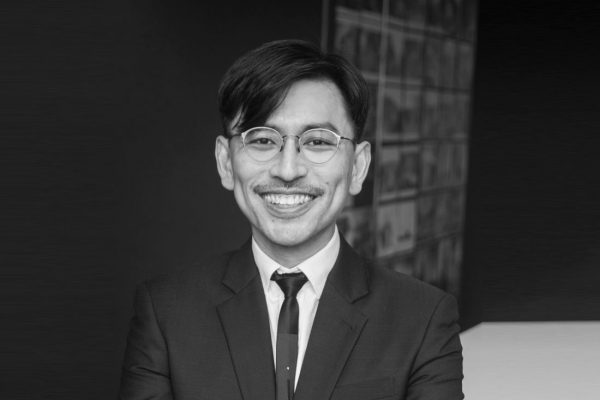
Terence Seah, Head of Singapore Studio at Benoy
What’s a work week in the studio like?
At the start of the week, we have this session we call Design Caffeine, usually on Monday or Tuesday. It’s an informal discussion we have in our bar area where we gather and pick a topic to discuss.
Sometimes it’s a topic related to a project, sometimes it’s a general update like “What’s the latest in retail?”, “Have you seen the shortlist for this competition?” or a more general purview of the world like “What is beauty?” in which we looked at what makes someone or something beautiful – is beauty cultural? Is it objective? Sometimes we print a few images, sometimes we use Instagram – the format is pretty informal.
We look to other fields as well and pick up lessons here and there that can inform us and make us look at the problems we have in architecture and design world in a different way. It’s a very important routine that serves a pick-me-up and a catch-up session at the start of the week.
How does the SG studio work with other Benoy studios? What’s the Singapore studio’s strategic role in Benoy’s international roster?
We have the one Benoy approach, so for us, it’s more about finding the right skill set for the project. We don’t necessarily use the Shanghai studio to work on projects in China, for example. We collaborate a lot, we fly people from other studios with relevant experience for specific projects. We work across localities. In fact, since we have a smaller team here, we do more collaborations. Terminal 4, for example, was done in collaboration with the Hong Kong studio.
The first of firsts is ION Orchard and Orchard Residences. That’s the first luxury residential development on top of a very busy shopping mall, on top of probably one of the most, if not the, busiest, MRT stations in Singapore.
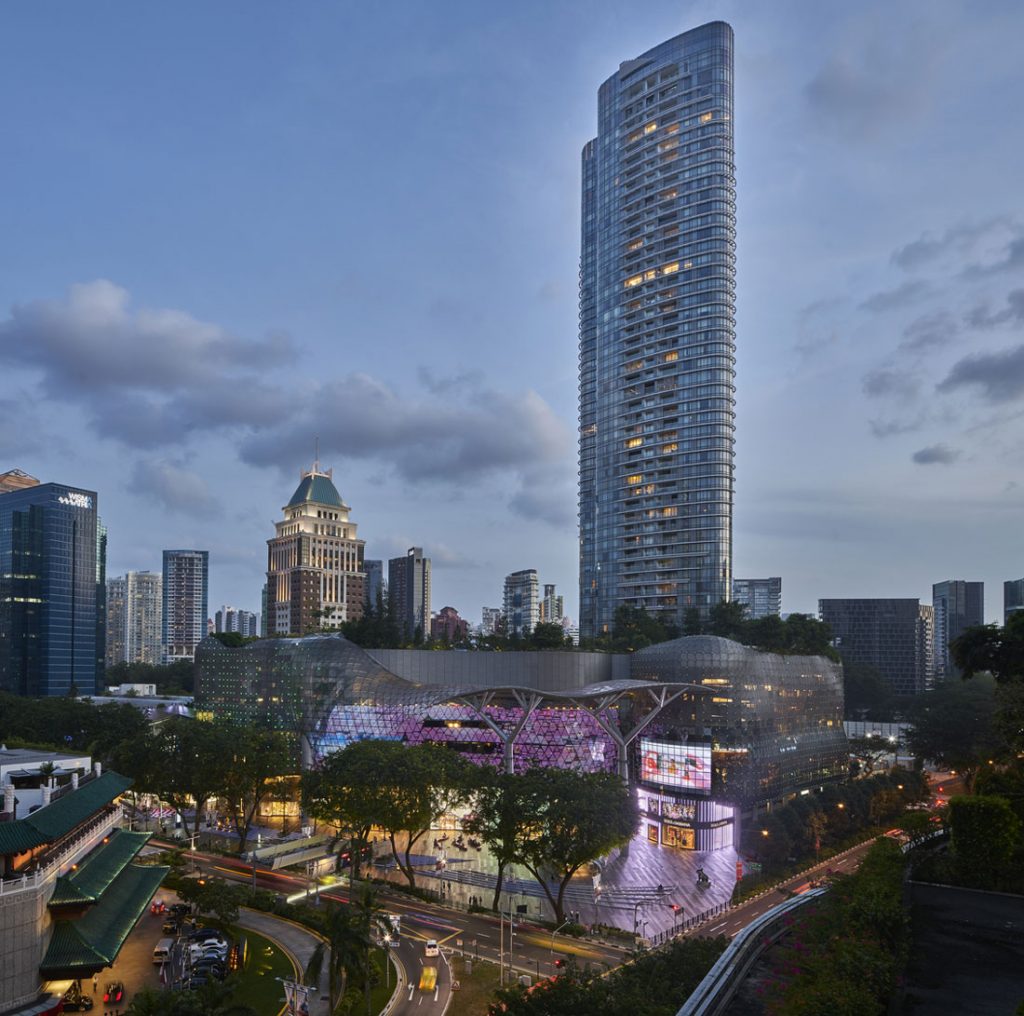
ION Orchard, Singapore
At the time the mixed typology was very new and Orchard Road means different things to different people. So how do you cater for these different groups of people?
We have to make sure that it is for everyone and that can also cater to people who want a premium experience. It’s like combining many different sounds to create a symphony that appeals to different types of audience. I think we managed to do it.
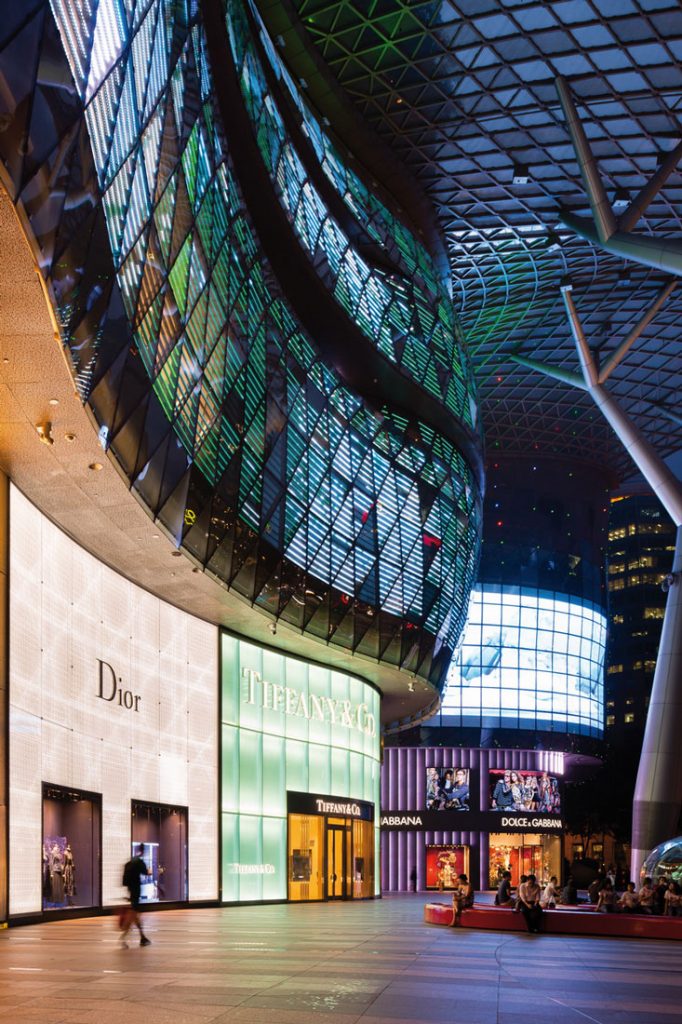
ION Orchard, Singapore
We are known for retail projects, so Changi’s Terminal 4 – an airport terminal – would be another first. Changi was trying to focus more on non-aviation revenue. So that’s why they got us in – to design the whole passenger experience.
We’ve created well-thought through touch points from the moment you arrive and check in to the moment you board the plane.
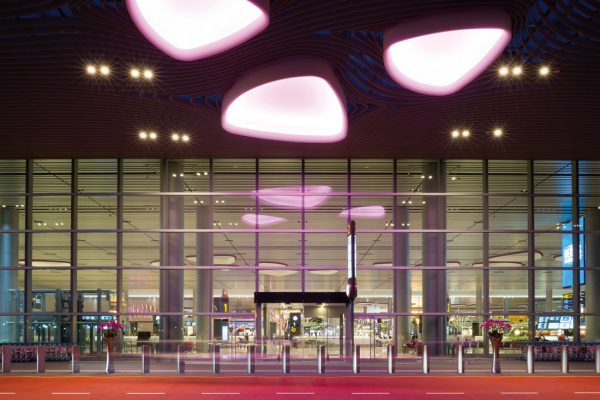
Changi Terminal 4, Singapore
Changi is a client that is really interested in design thinking and managing a process where design drives a product or an experience or a service. They are redefining a brand proposition under the term of the Changi experience. It is the experience that made passengers choose Changi as the port of transit over other airports.
The brief for T4 was very simple. They have a small footprint about the size of T1, so how do we make it feel spacious? We used transparency, we brought in the light and greenery and we kept everything visible to the passengers as they make their journey so they can be more at ease at finding their way.
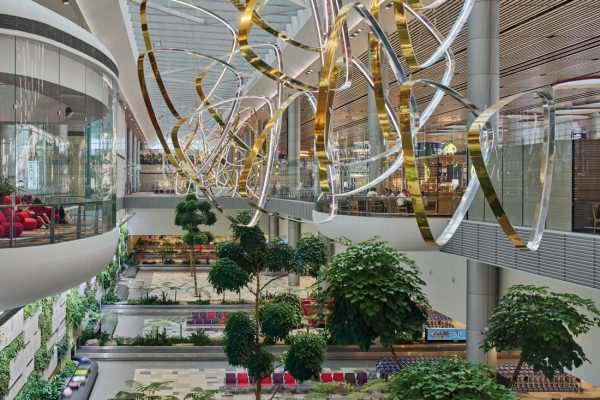
Changi Terminal 4, Singapore
Of course, technology also played a big part in the experience of self-check-in and security screenings. We don’t usually encounter this in retail and we were quite happy to be tackling another first.
The next project to showcase this Changi experience will be the Jewel Changi Airport, which will be completed next year.
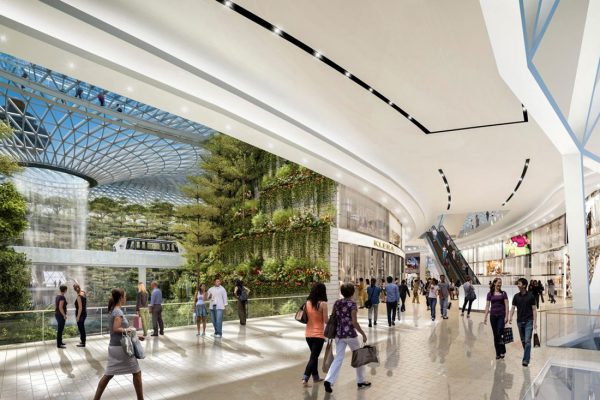
Jewel Changi Airport, Singapore
The next first would be the David Jones flagship in Elizabeth Street, Sydney. Our design won the design competition for this project. The existing building was built in 1927 and they wanted to add three more retail floors.
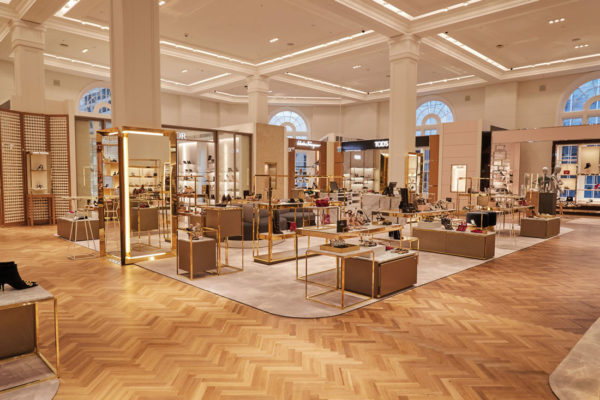
David Jones Elizabeth Street Flagship, Sydney
The first of the twelve floors to open is the Designer Shoe destination on the seventh floor – this was originally a ballroom and the ceiling is seven metres high. This is also a first for the Singapore studio to work on a conservation project of this scale in Australia.
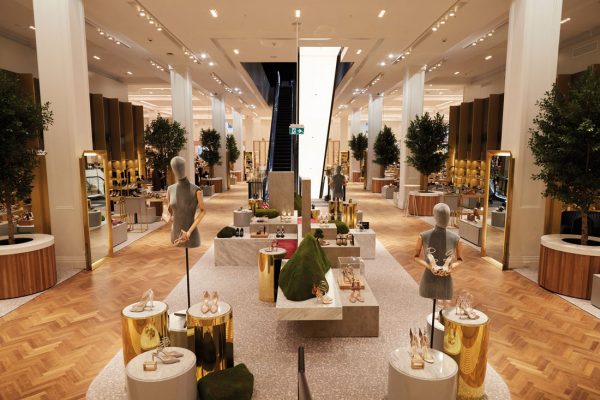
David Jones Elizabeth Street Flagship, Sydney
Will we have Benoy Australia at some point?
I hope so. Australia is a very interesting market.
Tell us about some of Benoy Singapore’s exciting upcoming projects in Southeast Asia.
We’re working on our pilot project in Vietnam, a new-build residential project called the Han Jardin, comprising a pair of 40-storey towers and a retail podium.
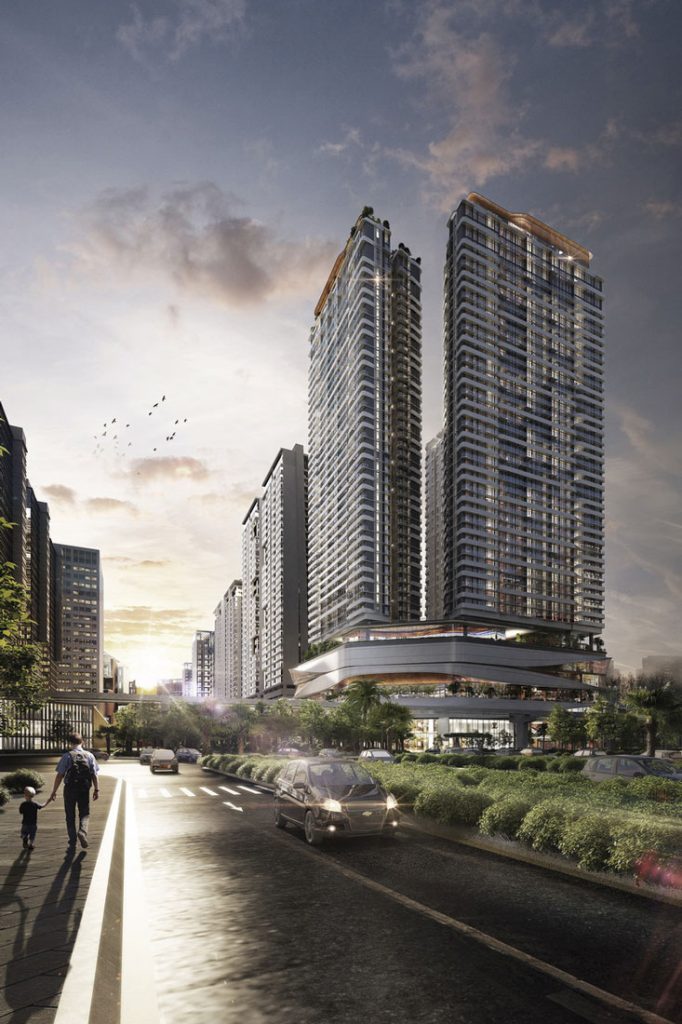
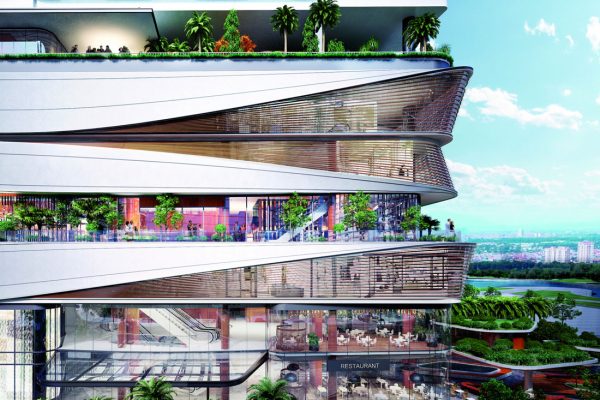
Han Jardin, Hanoi
We’re also working on another residential project in Alam Sutera, Jakarta called the Lloyd Residential. This is another example of how diverse this region is. In Singapore, we think that condominium living is fantastic. You have a swimming pool, barbecue pit, you don’t need to repaint the exterior.
People don’t think so in Indonesia, where almost everybody prefers to have a landed property where they don’t have to share with other people. This was the insight shared by the client.

Lloyd Residential, Alam Sutera, Jakarta
So we are building a five-storey high apartment complex inspired by Manhattan’s brownstone with a communal swimming pool with the parking lot underneath. It’s a condo living with a landed property experience.
To save on cost we didn’t dig a basement but we decided to build the parking floor on the ground level and hide it from view with a raised landscape. So you will have this nice communal green area and you won’t see the cars.
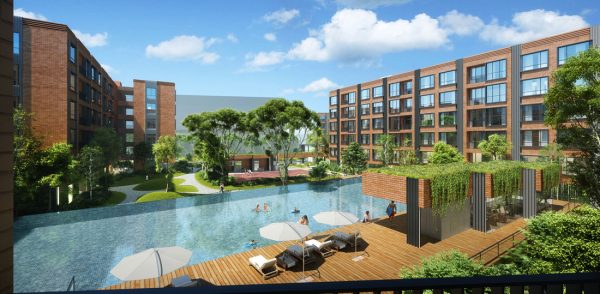
Lloyd Residential, Alam Sutera, Jakarta
Benoy is known as a retail specialist but we’ve seen you expanding outside the typology. Is it because these days typologies seem to be more and more enmeshed? Will you still be presenting the studio as a retail specialist?
We are talking more about creative commerciality these days. About being creative about the commerciality of things. What we learn from retail is understanding people, what people like to do.
In Asia, retail is actually a very social thing. In the past, the business point of view placed emphasis only on consumption. But there is a rising consumer demand centred around the social aspect of retail. Like in Jakarta for example, retail spots serve as public spaces to wait out traffic jams. And now people also want to stay near these places. It is inevitable that in the end, everything becomes mixed. The place where you want to meet people becomes the place you want to live near to.
I feel like modern people are very time-poor. I meet my friends more often in airports, for example, so you can imagine how important a retail establishment in an airport has become.
I see Benoy’s heritage in retail coming into a full circle of understanding people and designing spaces where we spend most of our time, and these places are interrelated.
Can you share your observation on retail in the digital age?
I personally don’t feel retail is suffering in the digital age. As a shopper, I’m still shopping. But I feel the channels and the medium of engagement have changed. But I don’t think that’s something foreign to retail. This is the very nature of retail.
Before the age of the department stores, when you used to go to a shop, you cannot touch the goods, and if you touch the goods without buying anything, you will offend the shopkeepers.
Then came the department store with its fixed price where you can try on the goods. And yes, small shops could die when a huge department store moved next door but then small-scale retail evolved and they survived by giving different retail experiences.
These days we want the ability to compare and we only go to the store for the things that we really want and occasionally along the way we find interesting other things to buy, meet our friends and spend some time in a cafe or attend art exhibitions.
Nothing has radically changed and I find the digital era this exciting. How do you entice people today? And when you manage to entice them, how do you monetise the experience? It’s a half-empty, half-full glass situation, and to us, the glass is always half full.
How do you envision the next decade for the Benoy Singapore studio?
We will continue to leverage on Singapore as a platform to dive deeper into Southeast Asia. Our Singapore studio is always keen to try new things. The Singapore studio tends to do wide-ranging projects. We are the smallest studio in the family and we do ‘funny’ projects. We quite like that. We like this uniqueness.
I think this is also a reflection of our region. A region that is so diverse, like a big pot of different ingredients that you can use. That’s the strength of this region and that wealth of knowledge allows us to create unique designs and developments in the region. So we are really looking to do another Terminal 4 or another ION in the region. That’s what I look forward to in the next ten years.
A searchable and comprehensive guide for specifying leading products and their suppliers
Keep up to date with the latest and greatest from our industry BFF's!

Following its successful inaugural event in early 2024, the Vietnam International Trade Fair for Apparel, Textiles, and Textile Technologies (VIATT) is gearing up for its next instalment in 2025.

XTRA celebrates the distinctive and unexpected work of Magis in their Singapore showroom.

With Woods Bagot as Lead Design & Delivery Architect for Western Sydney International Airport (WSI), Ian Lomas comments on the debate between speed and leisure in airports.

Homing in on the experiential, HAS design and research has once again conceived a retail space that transports the customer to another, more wonderful, ethereal world.
The internet never sleeps! Here's the stuff you might have missed

In the final round-up for the year, there are some practices with a high number of internal changes as well as new studio launches and collaborations.

The global leader in design and innovation, formed from the merger of Herman Miller and Knoll, recently hosted an exclusive event to mark a milestone in its partnership with Pergo.